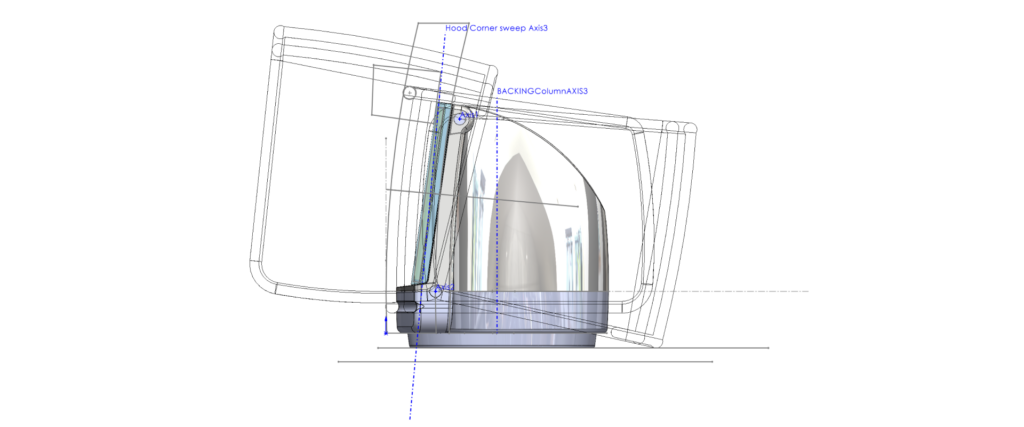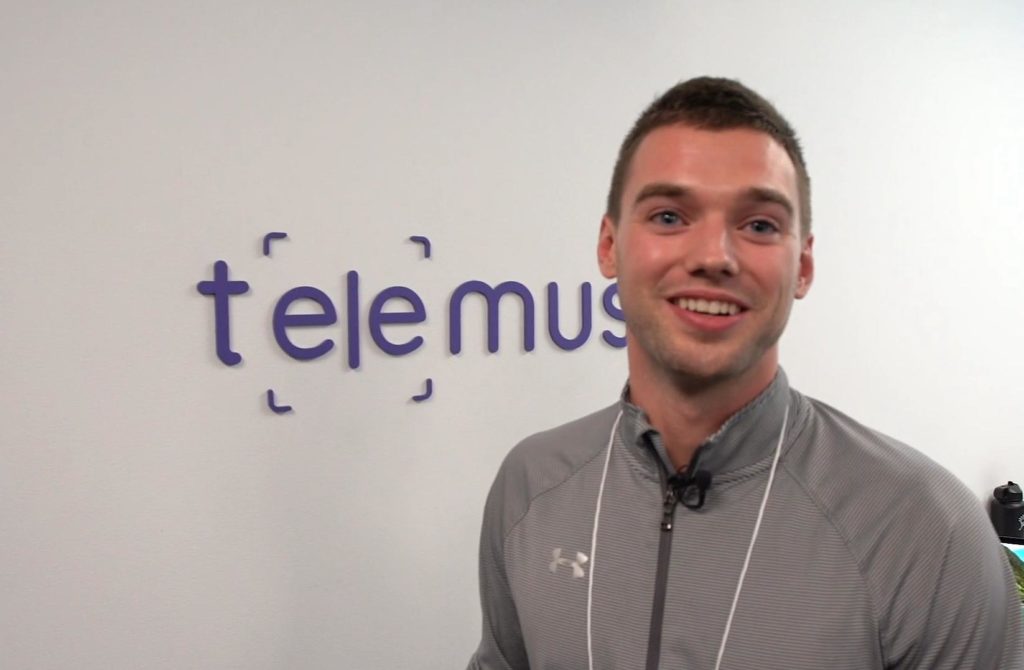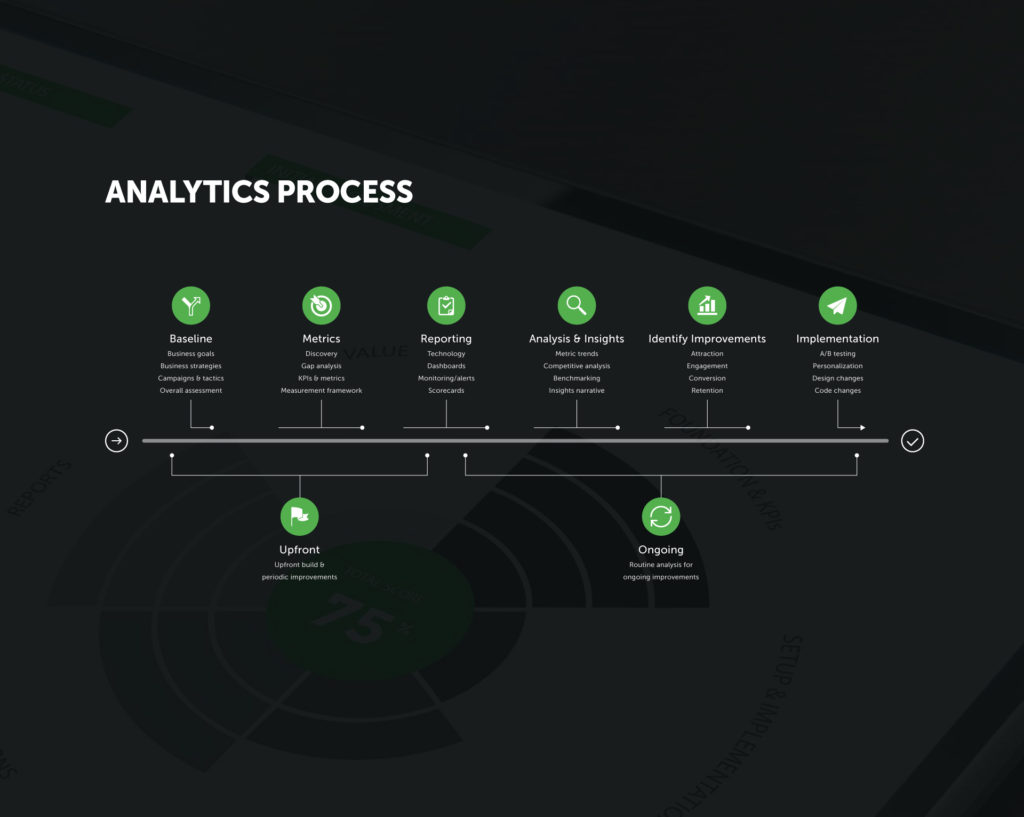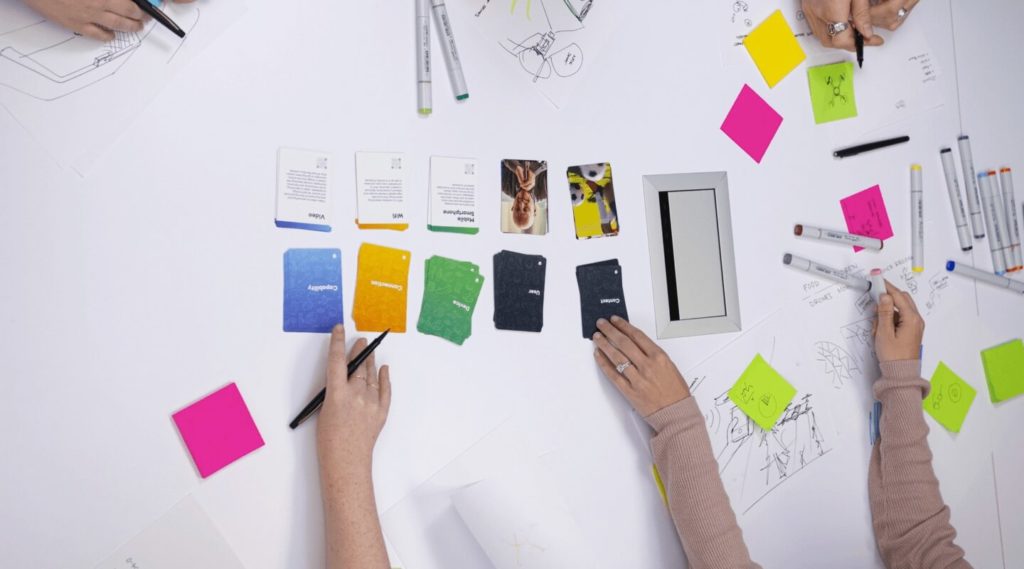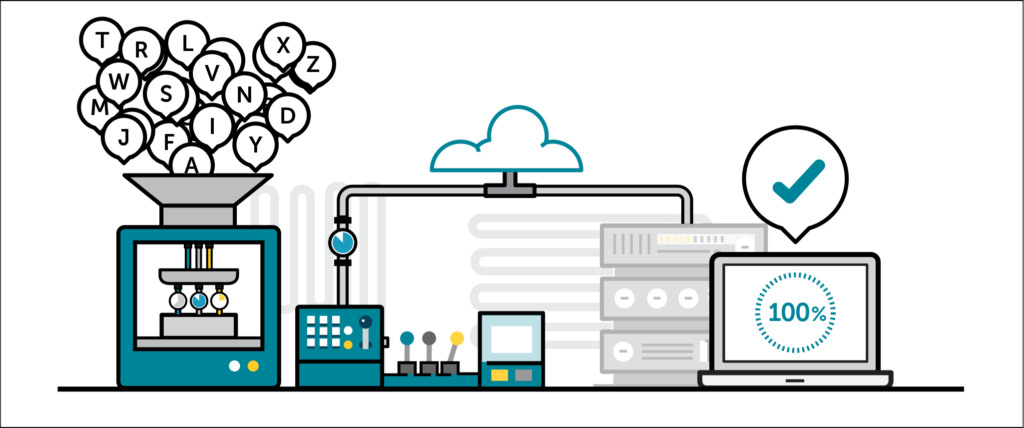Article
How Workshop Methods for Innovation Will Change Your Meetings
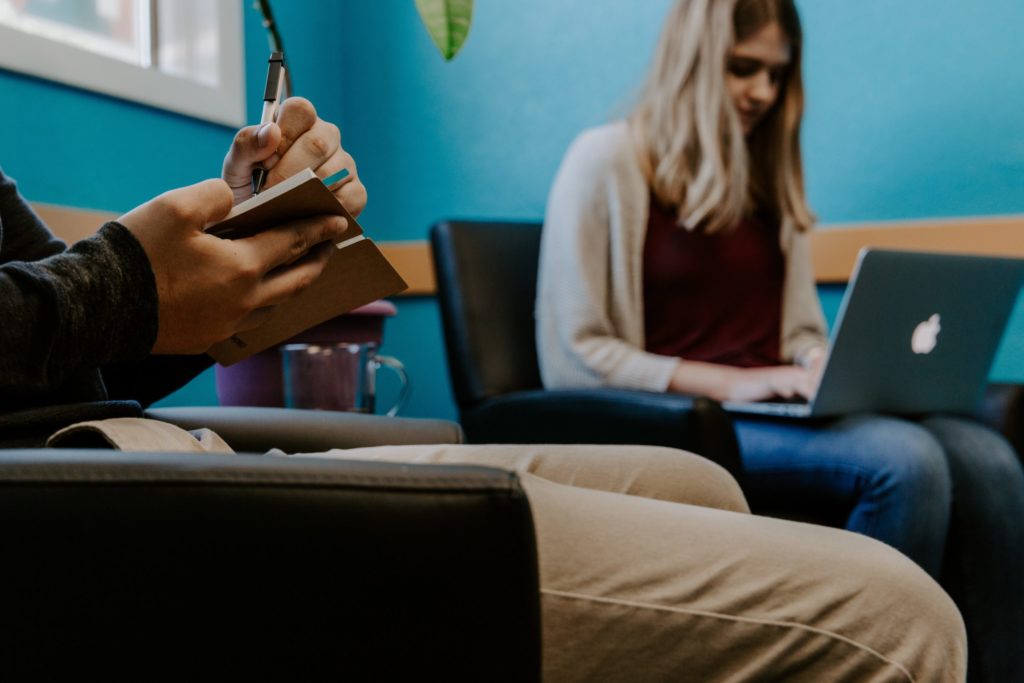
What differentiates a workshop from a meeting? As Oxford Languages defines it, a meeting is “an assembly of people, especially the members of a society or committee, for discussion” whereas a workshop is “a meeting at which a group of people engage in intensive discussion and activity on a particular subject or project.” These definitions capture something fundamental about workshops: workshops are working sessions.
Through the use of activities, workshops engage participants in active problem solving as opposed to standard discussion. Workshops bring individuals together to formally collaborate on a wide variety of potential challenges or opportunities. Workshops are valuable because they break up routine thinking and discussion patterns to create a focused container for understanding challenges, defining goals, exploring solutions, and generating direction.
Improve meeting efficacy
According to a study at the University of North Carolina, “71% of senior managers said meetings are unproductive and inefficient. Similarly, 65% said meetings keep them from completing their own work, while 62% said meetings miss opportunities to bring the team closer together.”
While workshop methods are most effective when applied to a specific problem or goal, there are still methods that can be incorporated into standard meetings to improve communication. Workshop activities like WhoDo, where participants identify the people and actions associated with next steps, clarifying roles and responsibilities, can easily be slotted into the end of a daily standup or project kickoff meeting.
Organize and align groups around problems
Innovation workshop methods can be especially useful for fostering effective communication for creating goals and shared understanding. There are many methods that allow groups to clarify the problem identified, share their unique perspectives, and come together on defining clear goals.
Activities such as Altitude allow individuals to explore a problem area from multiple levels of scope, while an activity like Context Map can be used to clarify why the specified challenge exists and is important.
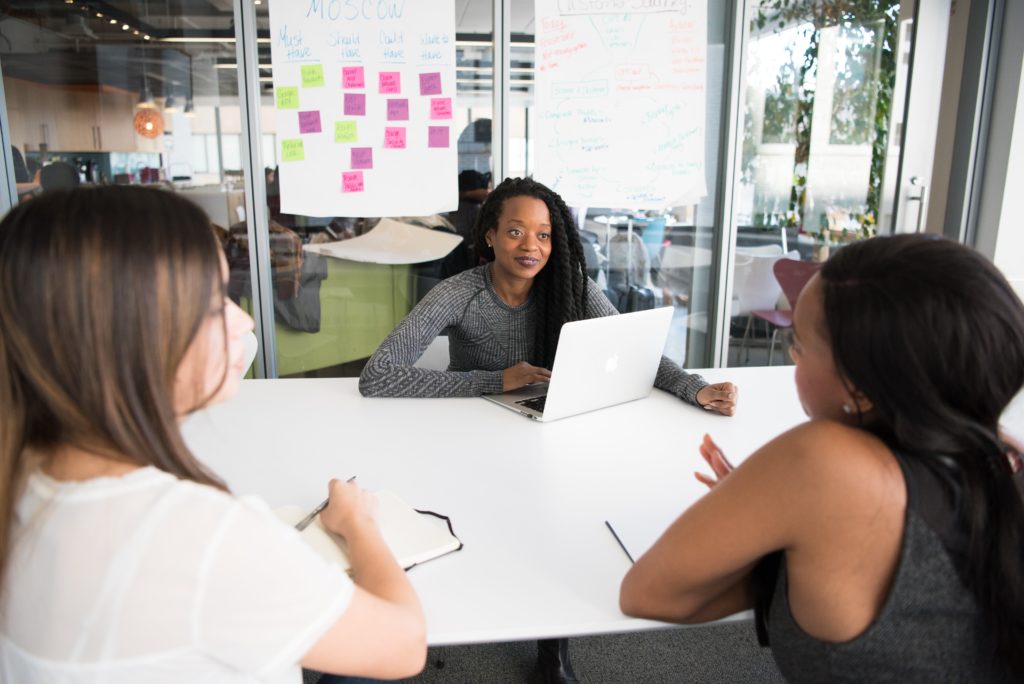
Generate direction and momentum
Making decisions can prove to be a paralyzing point for many teams. One study by Harvard Business Review found that “57% of newly appointed executives said that decisions were more complicated and difficult than they expected.”
Whether this difficulty stems from too much data, high levels of complexity, or a lack of strategic guidance, formalizing decision-making methods can help ease the cognitive burden. Workshops for innovation provide clear methods and activities for choosing solutions, and also create momentum so that decisions reach implementation.
Work across business functions
Cross-functional teams have many benefits, including fostering employee engagement, building a collaborative culture, and even increasing productivity. Yet, fostering effective communication among professionals with differing backgrounds can be a complicated task. “Harvard Business Review reported that during a study of 95 teams in 25 leading corporations all selected by an independent panel, close to 75% of the cross-functional teams were shown to be dysfunctional.”
By incorporating workshop methods for innovation into meetings, an organization can create tighter schedules and more productive communication. It can use methods to clarify specifications and ensure they align with company goals. Finally, there are many methods to map out the timeline and expectations of a project to foresee potential challenges, prepare an accurate budget, and produce satisfactory results.
Explore all dimensions of a problem
A study published in the Association for Computing Machinery found a direct correlation between the number of perspectives used in defining a problem with the number of solutions generated later. Workshops are uniquely suited to revealing deeper understanding of a problem or observed behavior, and thus, generating more potential solutions.
Whether it is through communication activities that allow diverse participants to share their knowledge and perspective, or user interview activities that allow group members to further explore a given space or opportunity, innovation workshop methods can enable a deeper understanding of a given topic.
Create space for all voices to be heard
As remote audio and video conferencing continue to grow in adoption, ensuring that all voices are heard and a diversity of opinions are shared remains a consistent challenge. A study by SHRM reported 56% of respondents saying “group conversations— such as during meetings—are more likely to produce miscommunication than one-on-one interactions.”
A neutral and trained workshop facilitator adds value by selecting methods that encourage participants to all share their thinking, or selectively identifying members to share when relevant. A facilitator can control the flow of dialogue and ensure everyone has a voice.

Provide structure to think through problems and organize complexity
Workshop activities are great for dissecting complexity and working through tough problems. By utilizing existing frameworks, or breaking down problems into pieces that can be systematically worked through, workshops are the ideal form for tackling difficult challenges.
An activity like Force Field Analysis can be used to look at all of the different forces in the context of a problem and understand their impact. This enables a team to compartmentalize each of those forces and create action plans to counteract or encourage different forces strategically.
The four Ps of innovation workshops
A simple framework for approaching a workshop starts by thinking about the general flow of the group problem-solving process. This begins with organizing and aligning participants, understanding and defining the problem, exploring and clarifying possible ideas, and finally, creating an execution plan.
- People: Using facilitation techniques to make people feel well-oriented, energized, and involved
- Problem: Framing the challenge at hand properly
- Possibilities: Doing divergent and convergent thinking to explore then narrow on solutions
- Plan: Making decisions and prioritizing efforts to move towards a defined goal
Collaboration is the cornerstone to effective problem solving and innovation
Effective methods for facilitating collaboration in organizations can make the difference between highly successful market leaders and industry laggards.
In a 2015 Google study, more than half (56%) of the executives surveyed ranked a collaboration-related measure as the primary factor impacting their organization’s overall profitability.
Innovation workshops are a powerful tool for unlocking valuable insights by creating optimal conditions for new mental, social, and visual connections to be made.
Looking to learn more? Download our free white paper on innovation workshop methods for your team to use.




